The conference room fell silent. After months of planning, thousands of dollars invested, and countless sleepless nights, the roadshow had just wrapped up its final city. The team gathered around the table, faces etched with exhaustion, waiting for the results. When the numbers finally appeared on the screen, hearts sank. Despite hitting five major cities, the engagement metrics were disappointing. The leads were minimal. The buzz? Almost nonexistent.
Sound familiar?
Here’s the uncomfortable truth most businesses discover too late: a roadshow isn’t just a mobile event—it’s a precision instrument that can either amplify your brand across multiple markets or drain your budget while generating nothing but tired staff and lukewarm handshakes. The difference between these two outcomes rarely comes down to budget size or brand recognition. It comes down to strategy, and more specifically, the expertise of your roadshow planner.
But what separates an effective roadshow planner from someone who’s simply moving your brand from city to city? What strategies actually move the needle? And why do some roadshows generate waiting lists and viral social media buzz while others struggle to fill half their venue capacity?
Let’s pull back the curtain on what really works.
The Hidden Architecture Behind Successful Roadshows
Most people think roadshow planning is glorified logistics—book venues, arrange transportation, set up booths, rinse and repeat across different cities. This couldn’t be further from reality. An experienced roadshow planner operates more like a strategic architect, designing an experience that adapts and evolves across geographical and cultural boundaries while maintaining core brand consistency.
Think about it: your audience in New York has different pain points, communication styles, and expectations than your audience in Austin or Seattle. A cookie, cutter approach means you’re essentially gambling that your one, size, fits, all message will resonate everywhere. Spoiler alert: it won’t.
The most effective roadshow planners begin with deep market intelligence. They’re researching local competitors, analyzing regional trends, studying demographic data, and even monitoring local social media conversations weeks before your team arrives. This groundwork allows them to customize messaging, adjust timing, and even modify interactive elements to align with local preferences without diluting your brand identity.
Consider this: a technology roadshow promoting cybersecurity solutions would emphasize different angles in Silicon Valley (where audiences are technically sophisticated and expect cutting, edge innovations) versus a manufacturing hub in the Midwest (where practical implementation and ROI take precedence). Same product, different conversations. An elite planner understands these nuances instinctively.
The Psychology of Sequential Engagement
Here’s where strategy becomes fascinating. Unlike standalone events, roadshows create something powerful: sequential momentum. Each city builds on the previous one, creating a rolling wave of awareness that can compound your reach exponentially—if orchestrated correctly.
Experienced planners leverage this by designing content strategies that tease future locations while celebrating current ones. They create social media campaigns that encourage attendees in City A to tag friends in City B. They generate “fear of missing out” by showcasing exclusive experiences that won’t be repeated. They strategically place their strongest markets at the beginning and end, creating powerful launch momentum and an unforgettable finale.
But there’s a psychological trap many planners fall into: replication fatigue. When your team delivers the same presentation, demonstrates the same products, and tells the same stories across ten cities, enthusiasm naturally wanes. Your staff becomes mechanical. Your delivery loses its spark. Attendees can sense it.
The solution? Strategic variation within consistency. Smart planners build in rotation elements—different guest speakers, location, specific case studies, rotating product demonstrations, or interactive segments that change based on audience feedback. This keeps your team energized and creates unique reasons for followers to attend multiple stops or share different aspects of your roadshow online.
Data, Driven Route Optimization
Let’s talk about something most businesses get wrong: the route itself. Many companies select roadshow cities based on where they already have offices, where competitors are hosting events, or simply where they “feel” they should be. This is expensive guesswork.
An effective roadshow planner approaches route selection like a data scientist. They’re analyzing market penetration rates, evaluating lead quality by geography, examining seasonal factors that affect attendance, assessing competitive saturation, and calculating cost, efficiency ratios for each potential market.
Sometimes the most profitable roadshow skips the obvious metropolitan areas entirely, focusing instead on underserved secondary markets where your competition isn’t showing up and audiences are hungry for direct brand interaction. Other times, strategic timing matters more than location—being the first major roadshow after a industry conference or trade show can capture audiences while competitors are still booking their flights home.
The planner also considers logistical efficiency that protects your budget and your team’s stamina. Routing that minimizes travel distances, accounts for setup and teardown times, allows for buffer days when technical issues arise, and schedules high, priority markets when your team is freshest—these factors dramatically impact outcomes.
Creating Memorable Touchpoints That Convert
Walk into most roadshow events and you’ll see the same predictable setup: product displays, brochure tables, maybe a presentation area, and staff members waiting to scan badges. Attendees walk through, collect some swag, snap a few photos, and leave. A week later, they can barely remember which company hosted which event.
Experienced planners understand that memorability is currency. They design multi, sensory experiences that create emotional connections, not just information exchanges. This might mean interactive demonstrations where attendees become participants rather than observers. It could involve storytelling zones where customers share their experiences in intimate settings. It might include gamification elements that make learning about your products genuinely fun.
But here’s the critical insight: these memorable moments must connect directly to your conversion goals. It’s not about being flashy for the sake of entertainment. Every interactive element, every experiential touchpoint, should be engineered to move attendees through your marketing funnel, from awareness to consideration to decision.
The most sophisticated planners map out the attendee journey with precision. Where do people enter? What’s their first impression? What questions typically arise at each stage of product discovery? Where are the natural conversion moments? What follow, up mechanisms capture interest before attendees leave? This level of intentional design separates events that generate business from events that generate Instagram posts and nothing else.
The Technology Integration Advantage
Technology has transformed roadshow planning from educated guesswork into measurable science. The planners who leverage this advantage are running laps around those who don’t.
Consider lead capture technology that doesn’t just collect contact information but tracks engagement depth, which demos attendees participated in, how long they spent at each station, which questions they asked, what content they downloaded. This intelligence allows for incredibly precise follow, up. Instead of sending the same generic “thanks for attending” email to everyone, you’re sending personalized messages that reference specific conversations and interests.
Virtual integration has also become essential, not just as a pandemic response but as a permanent strategy. Smart planners now design hybrid roadshows where physical events are amplified through live streaming, virtual breakout sessions, and online communities that extend the conversation beyond the few hours you’re physically present in each city. This dramatically expands your reach without proportionally increasing costs.
Real, time analytics during events allow planners to make mid, campaign adjustments. If a particular demo is generating exceptional engagement in City 2, you can expand it before City 3. If certain messaging isn’t landing, you can pivot. This agility was impossible in the pre, digital era.
Budget Mastery Without Compromise
Money is always the elephant in the room. Roadshows are expensive, there’s no sugarcoating it. Transportation, venues, staff travel, accommodations, equipment shipping, marketing, and dozens of other line items add up fast. Many companies either overspend dramatically or cut corners that undermine their entire effort.
Experienced planners approach budgeting strategically, not just frugally. They know where spending more actually saves money in the long run, like investing in professional setup crews that ensure your booth looks perfect in half the time, or booking higher, quality venues that attract better, qualified attendees even if they cost more.
They also know where to negotiate relentlessly. Venue contracts often have flexibility in off, peak seasons or days. Equipment rental becomes dramatically cheaper when bundled across multiple cities with the same vendor. Accommodation costs plummet when you book as a group rather than individual reservations.
The best planners build in contingency budgets for the inevitable surprises, weather cancellations, equipment failures, last, minute opportunities that are too good to pass up. But they’re also tracking ROI meticulously at every stage, calculating cost, per, lead, comparing city performance, and making data, informed recommendations about where to invest more heavily and where to scale back.
Post, Event Strategy: Where Most Roadshows Die
Here’s the painful reality: most roadshows fail not during the event, but in the weeks afterward. All that energy, all those connections, all that momentum—it evaporates because there’s no systematic follow, up strategy.
Elite planners don’t see the final city as the end. They see it as the beginning of the real conversion work. They’ve prepared comprehensive follow, up sequences before the roadshow even begins. They’ve created segmented content for different attendee types. They’ve scheduled debrief sessions to capture team insights while memories are fresh. They’ve built feedback loops that inform future campaign strategies.
They’re also measuring what matters. Not just attendance numbers and social media impressions, but pipeline impact. How many roadshow attendees entered your sales funnel? How many converted to opportunities? What’s the average deal size compared to other lead sources? What’s the customer lifetime value? These metrics tell the real story of roadshow effectiveness.
Choosing Your Roadshow Partner
So what should you look for when selecting a roadshow planner? Experience matters, certainly, but specialized experience matters more. A planner who’s executed fifty corporate conferences might struggle with roadshow, specific challenges, multi, city logistics, audience variation, momentum building, and traveling team management.
Ask pointed questions about their strategic approach. How do they select routes? What’s their process for local market research? How do they measure success beyond attendance? What contingency plans do they build for common roadshow pitfalls? The quality of their answers will reveal whether they’re strategic partners or simply vendors.
Look for planners who challenge your assumptions. If they simply nod along with everything you propose, they’re not bringing strategic value. The best planners push back constructively, offering alternative perspectives based on what actually works, not what sounds good in theory.
The Roadshow Renaissance
We’re living in an interesting paradox. Digital marketing has never been more sophisticated, yet face, to, face events are experiencing renewed appetite. People are craving authentic, tangible brand experiences after years of screen fatigue. This makes roadshows potentially more powerful than ever, but only if executed with genuine strategic excellence.
The companies winning in this environment aren’t just showing up in multiple cities. They’re creating movements. They’re building communities. They’re designing experiences so valuable that attendees would pay to participate even if they weren’t free. They’re generating content that extends their reach far beyond physical attendance. And they’re converting this engagement into measurable business results.
None of this happens by accident. It happens because somewhere behind the scenes, an experienced roadshow planner is orchestrating every detail with strategic precision, adapting in real, time, learning from each city, and building toward a comprehensive outcome that justifies every dollar invested.
The question isn’t whether roadshows work. The question is whether you’re approaching them with the strategic sophistication they require. In capable hands, with effective strategies and experienced planning, a roadshow doesn’t just visit markets, it captures them.

